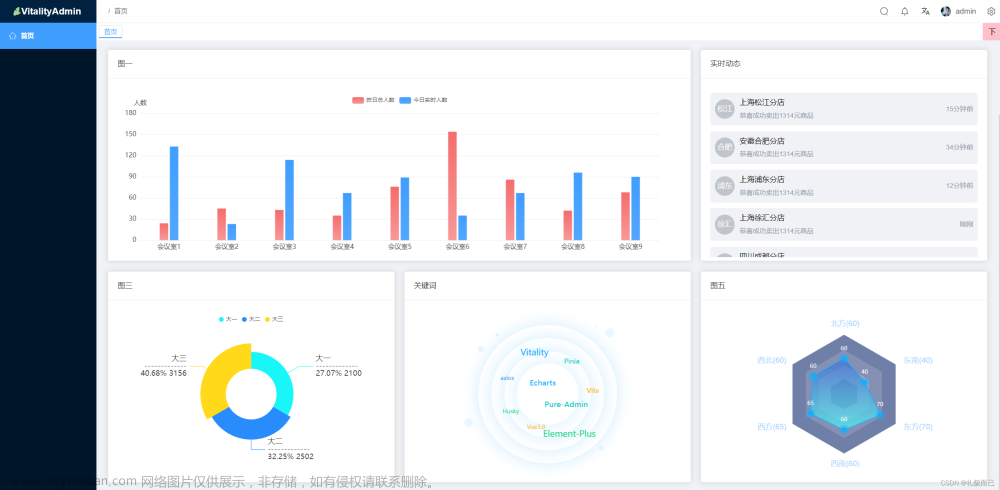第一步
首先下载svg插件和fs模块; 后续需要用到
npm install svg-sprite-loader -D
npm install fs
第二步新建文件夹和文件
将下载好的svg文件放入新建好的svg文件夹中
index.vue 代码 这里是创建一个<svg-icon /> 组件
<template>
<svg :class="svgClass" v-bind="$attrs" :style="{ color: color }">
<use :xlink:href="iconName"></use>
</svg>
</template>
<script setup lang="ts">
import { computed, defineProps } from "vue";
const props = defineProps({
name: {
type: String,
required: true,
},
color: {
type: String,
default: "",
},
});
const iconName = computed(() => `#icon-${props.name}`);
const svgClass = computed(() => {
if (props.name) return `svg-icon icon-${props.name}`;
return "svg-icon";
});
</script>
<style scoped>
.svg-icon {
width: 1em;
height: 1em;
fill: currentColor;
vertical-align: middle;
}
</style>
index.ts 代码
import { readFileSync, readdirSync } from "fs";
let idPerfix = "";
const svgTitle = /<svg([^>+].*?)>/;
const clearHeightWidth = /(width|height)="([^>+].*?)"/g;
const hasViewBox = /(viewBox="[^>+].*?")/g;
const clearReturn = /(\r)|(\n)/g;
// 查找svg文件
function svgFind(e) {
const arr = [];
const dirents = readdirSync(e, { withFileTypes: true });
for (const dirent of dirents) {
if (dirent.isDirectory()) arr.push(...svgFind(e + dirent.name + "/"));
else {
const svg = readFileSync(e + dirent.name)
.toString()
.replace(clearReturn, "")
.replace(svgTitle, ($1, $2) => {
let width = 0,
height = 0,
content = $2.replace(clearHeightWidth, (s1, s2, s3) => {
if (s2 === "width") width = s3;
else if (s2 === "height") height = s3;
return "";
});
if (!hasViewBox.test($2))
content += `viewBox="0 0 ${width} ${height}"`;
return `<symbol id="${idPerfix}-${dirent.name.replace(
".svg",
""
)}" ${content}>`;
})
.replace("</svg>", "</symbol>");
arr.push(svg);
}
}
return arr;
}
// 生成svg
export const createSvg = (path: any, perfix = "icon") => {
if (path === "") return;
idPerfix = perfix;
const res = svgFind(path);
return {
name: "svg-transform",
transformIndexHtml(dom: String) {
return dom.replace(
"<body>",
`<body><svg xmlns="http://www.w3.org/2000/svg" xmlns:xlink="http://www.w3.org/1999/xlink" style="position: absolute; width: 0; height: 0">${res.join(
""
)}</svg>`
);
},
};
};
第三步 打开main.ts 将创建好的<svg-icon />组件注入到全局组件
import { createApp } from "vue";
import svgIcon from "@/icons/index.vue";
const app = createApp(App);
app.component("svg-icon", svgIcon);
app.mount("#app");
第四步 在根目录打开vite.config.ts
import { defineConfig } from "vite";
import vue from "@vitejs/plugin-vue";
import path from "path";
// 引入icons文件夹中的index.ts文件
import { createSvg } from "./src/icons/index";
// https://vitejs.dev/config/
export default defineConfig({
plugins: [vue(), createSvg("./src/icons/svg/")],
resolve: {
alias: {
"@": path.resolve("./src"), // 相对路径别名配置,使用 @ 代替 src
},
}
});
**
注意
如果引入的文件爆红,“该目录不在项目的文件列表中,项目必须列出所有文件,或使用 “include” 模式。”
解决方案:打开根目录下的tsconfig.node.json文件的inclue中添加"src/icons/"
完整代码: “include”: [“vite.config.ts”, "src/icons/",]
**
最后使用
<svg-icon name="hamburger" width="20" height="20" />

引入成功文章来源:https://www.toymoban.com/news/detail-607577.html
文章参考 原作者链接文章来源地址https://www.toymoban.com/news/detail-607577.html
到了这里,关于vue3+vite+ts 通过svg-sprite-loader 插件使用自定义图标的文章就介绍完了。如果您还想了解更多内容,请在右上角搜索TOY模板网以前的文章或继续浏览下面的相关文章,希望大家以后多多支持TOY模板网!










